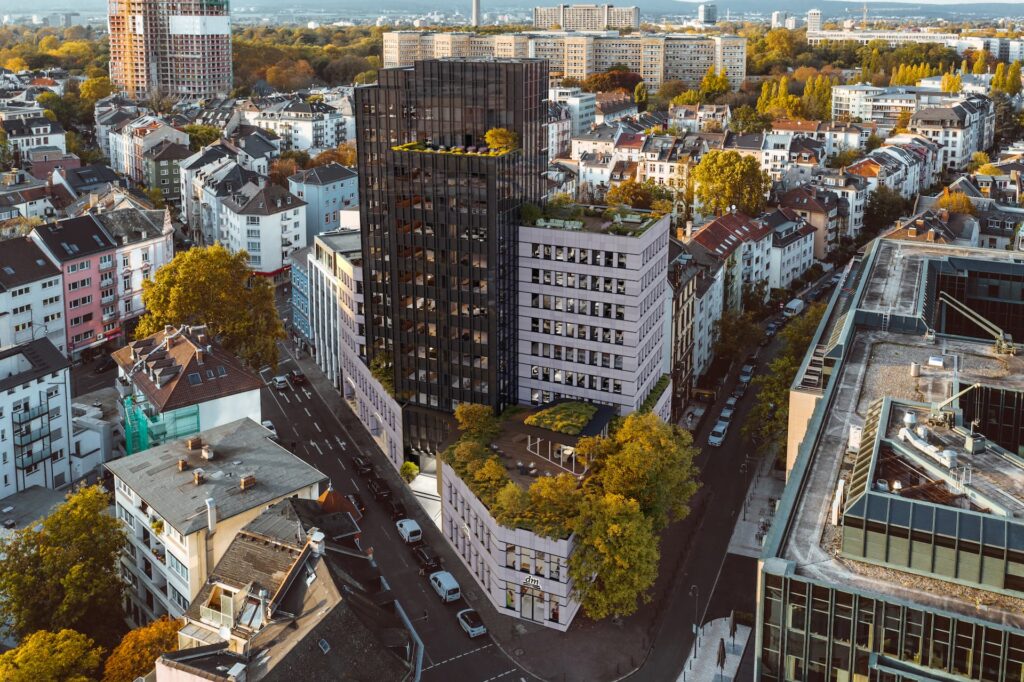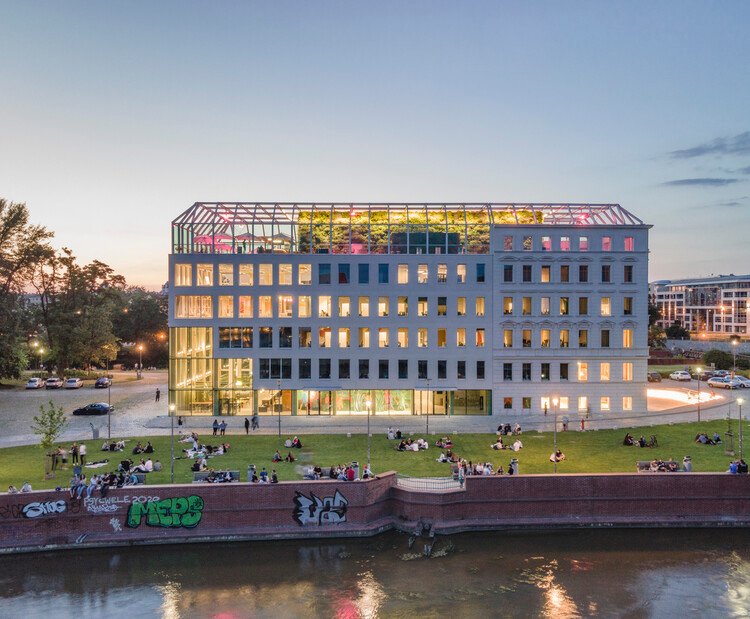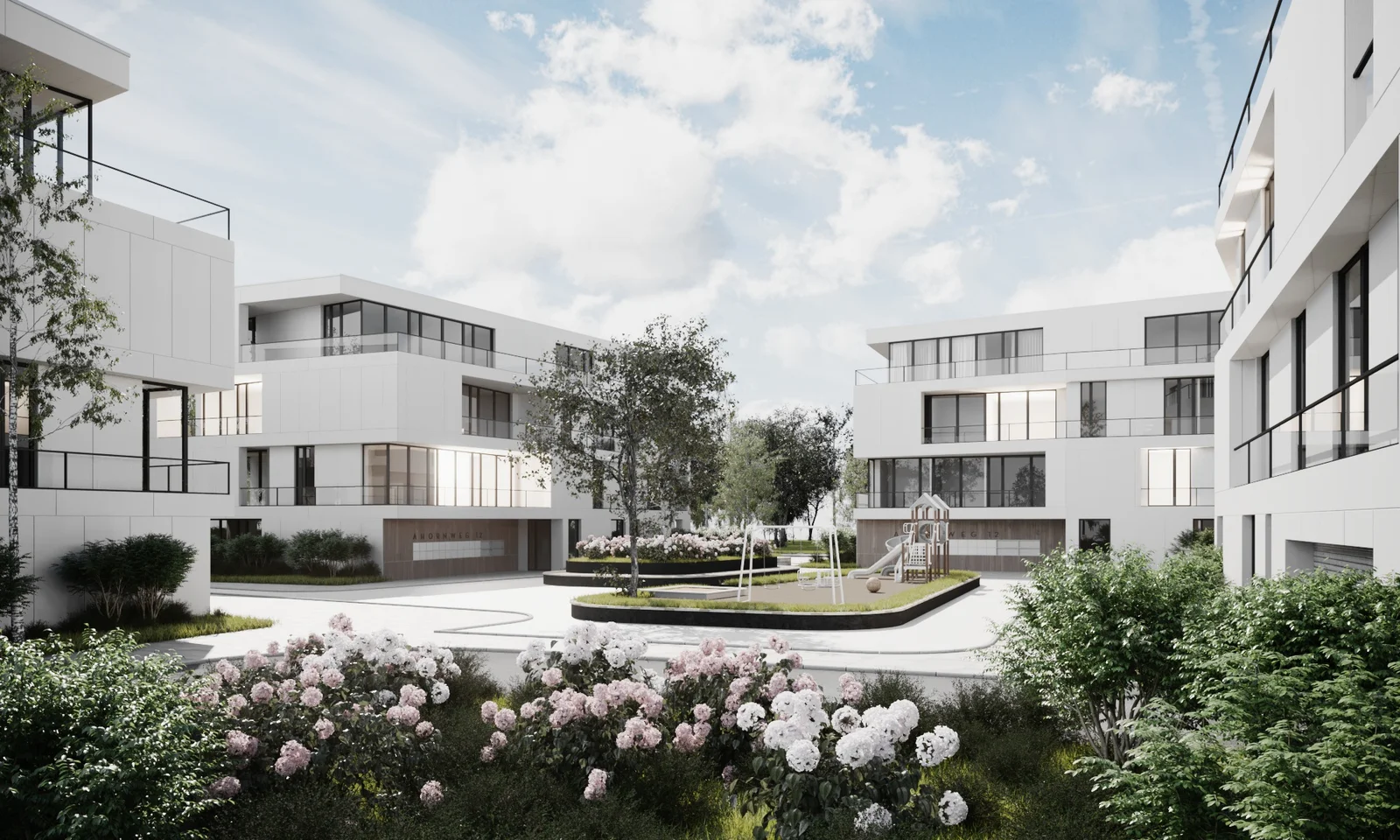Texture Optimization in Architectural Visualization Workflows
Architectural visualization is a dynamic field that relies heavily on the use of complex modeling and rendering systems. One of the key components significantly influencing the visual quality and real-time performance of these systems is texture mapping. As such, texture optimization becomes a crucial aspect of any architectural visualization workflow. In this blog post, we will explore the significance of texture optimization and delve into various techniques that can dramatically enhance the efficiency of your architectural visualization projects.
Understanding the Importance of Texture Optimization
The success of an architectural visualization project largely depends on the seamless interplay of various elements such as lighting, modeling, and texturing. Among these, texture optimization is often overlooked, despite its significant impact on the overall quality and effectiveness of the project.
Role of Texture Optimization in Architectural Visualization
Texture optimization is all about efficiently managing the use of textures in 3D modeling and rendering. Textures can add a sense of realism to the architectural models by providing detailed surfaces and materials, be it the intricate patterns on a brick wall or the subtle nuances of a wooden floor. However, these high-resolution textures can also be resource-intensive, leading to longer rendering times and potential performance issues. This is where texture optimization comes into play.
Implications of Poor Texture Optimization
Without proper texture optimization, architectural visualization workflows can become unnecessarily complex and inefficient. High-resolution textures may lead to larger file sizes and slower rendering times, hampering the real-time performance. Moreover, unoptimized textures can result in visual discrepancies like pixelation and blurriness, negatively impacting the overall visual quality. Thus, understanding and implementing texture optimization techniques is crucial for any architectural visualization workflow.
Understanding Texture Optimization in Architectural Visualization Workflows
The Importance of Texture Optimization
In architectural visualization, textures play a critical role in establishing the look, feel, and realism of your models. From the grain of the wood in the flooring to the sheen on a marble countertop, textures add depth and dimension to your work. However, high-quality textures often come with high-resolution images, which can quickly eat up your computer’s resources and slow down your workflows.
This is where texture optimization comes in. By strategically reducing the file size of your textures without significantly impacting the visual quality, you can create detailed, realistic visualizations more efficiently.
How Texture Optimization Works
Texture optimization essentially involves reducing the resolution of texture images to a level that maintains visual accuracy while using less memory. This is achieved through a process known as mipmapping, where multiple versions of a texture are created at decreasing resolutions.
When rendering, the software chooses the appropriate mip level based on the distance and angle of the object from the camera. This means that objects further away from the camera will use lower resolution textures, thereby saving memory.
In addition to mipmapping, texture optimization may also involve techniques like texture compression and texture atlasing. Texture compression reduces the file size of the texture while maintaining a similar level of detail, while texture atlasing combines multiple textures into a single image to reduce draw calls.
Implementing Texture Optimization in Your Workflow
Choosing the Right Textures
The first step in optimizing textures is selecting the right ones for your project. Opt for textures that are seamless and tileable, as these can be repeated across surfaces without creating visible seams. This allows you to use smaller texture files, reducing memory usage.
Additionally, you should aim to use textures that closely match the final appearance you want to achieve. The more you have to manipulate a texture in post-production, the more memory it will consume.
Learning to Utilize Software Tools
Most architectural visualization software includes tools that can help with texture optimization. For instance, tools like the Material Editor in 3ds Max or the Node Editor in Blender allow you to adjust the resolution of textures or create mipmaps.
There are also standalone tools available, like the NVIDIA Texture Tools Exporter, which can compress textures and generate mipmaps. These tools often provide more control over the optimization process, making them a valuable addition to any architectural visualization workflow.
Regularly Reviewing and Updating Your Techniques
Texture optimization is not a one-time task – it should be an ongoing part of your workflow. As you continue to work on projects, you’ll likely discover new techniques and tools that can help you optimize your textures more effectively. Regularly reviewing and updating your techniques will ensure that you’re always making the most efficient use of your resources.In conclusion, texture optimization plays a pivotal role in architectural visualization workflows. It allows for more efficient rendering, more precise models, and ultimately, a higher quality end product. By understanding and implementing various techniques and strategies for texture optimization, architects and visual artists can significantly enhance the realism and detail of their designs. This not only pushes the boundaries of creativity and innovation but also increases the potential for more immersive and powerful presentations. Therefore, texture optimization is not just an optional enhancement, but a crucial element that can make a significant difference in the field of architectural visualization. It is a game-changer that offers endless possibilities for both present and future architectural projects.







